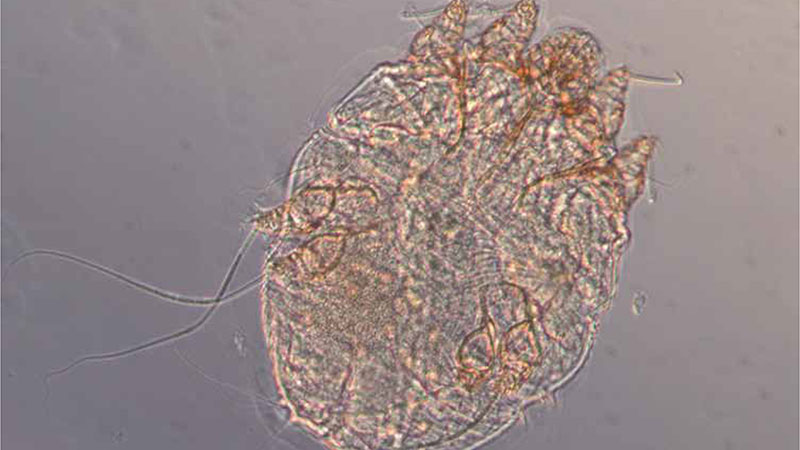Biology, diagnosis and management of sarcoptic mange
Scabies (also known as sarcoptic mange) is a common, highly contagious skin disease in animals and humans. It is caused by the ectoparasitic burrowing mite
Sarcoptes scabiei (family: Sarcoptidae), which has a worldwide distribution. Animals and humans can be infested by their own S. scabiei subtype; however crossspecies
transmission may occur. The socioeconomic and public health importance of scabies is significant. The disease occurs when the mite burrows into the skin and feeds on host epidermis. Disease manifestations are mediated via inflammatory and allergic responses to mite products, which result in severely pruritic lesions. Early diagnosis and prompt treatment is essential to minimise the spread
of infestation. Veterinary nurses have a vital role to play in early recognition, diagnosis and for providing owners with accurate accessible advice to prevent zoonotic
transmission. This article summarises the latest data on the biology, diagnosis and control of scabies.
Hany Elsheikha - European Specialist in Veterinary Parasitology, Associate Professor of Veterinary Parasitology, University of Nottingham and Diplomate EVPC, Specialist in Parasitology, School of Veterinary Medicine and Science, Sutton Bonington Campus, LE12 5RD
